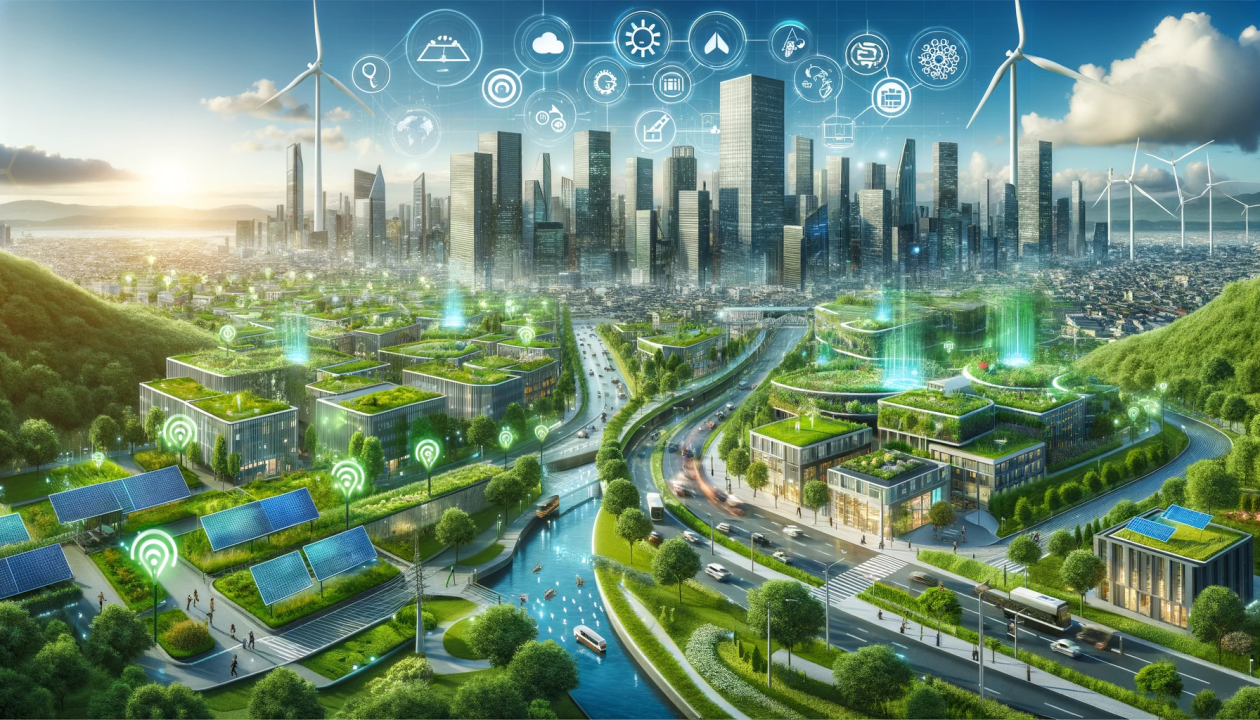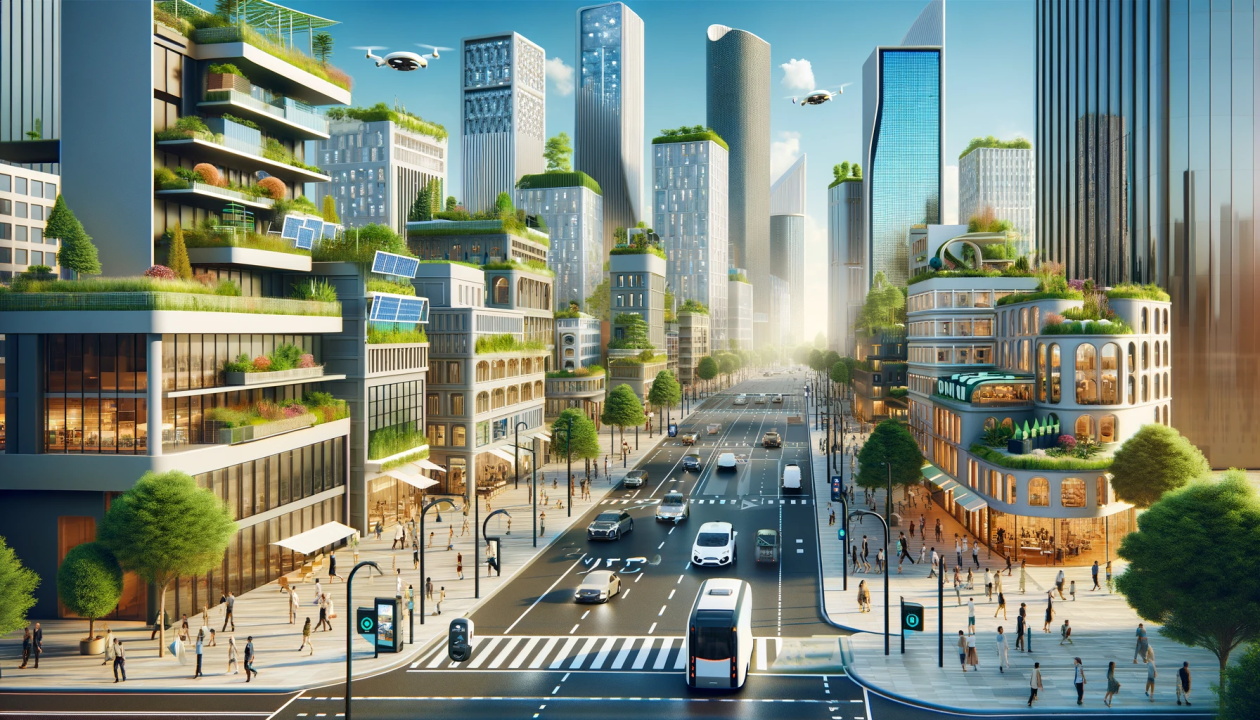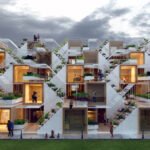Smart Cities and the Role of Architecture in Urban Planning
Smart cities leverage technology and innovative architectural design to create urban environments that are efficient, sustainable, and responsive to the needs of residents and businesses. Here’s a detailed exploration of how architecture shapes smart cities and enhances urban planning.
1. Understanding Smart Cities
Definition and Objectives:
- Integration of Technology: Utilizing IoT (Internet of Things), data analytics, and AI (Artificial Intelligence) to manage urban assets and services efficiently.
- Sustainability: Promoting energy efficiency, waste reduction, and environmental conservation through smart infrastructure and design.
2. Key Components of Smart Cities
Core Elements:
- Smart Mobility: Implementing intelligent transportation systems, bike-sharing programs, and electric vehicle infrastructure to reduce congestion and emissions.
- Energy Management: Optimizing energy use with smart grids, renewable energy sources, and energy-efficient buildings to achieve carbon neutrality.
3. The Role of Architecture in Smart Cities
Architectural Innovations:
- Green Buildings: Designing energy-efficient and sustainable structures with passive design strategies, green roofs, and smart building technologies.
- Mixed-Use Developments: Integrating residential, commercial, and recreational spaces within walkable neighborhoods to promote social interaction and reduce commuting.
4. Sustainable Urban Development
Environmental Benefits:
- Urban Green Spaces: Creating parks, urban forests, and green corridors to improve air quality, regulate temperature, and promote biodiversity.
- Water Management: Implementing rainwater harvesting, stormwater management systems, and sustainable drainage solutions to mitigate flooding and conserve water resources.
5. Technological Integration in Architecture

Smart Building Technologies:
- IoT Sensors: Monitoring air quality, temperature, and occupancy levels to optimize building performance and enhance occupant comfort.
- Building Automation Systems: Controlling lighting, HVAC (Heating, Ventilation, and Air Conditioning), and security systems to reduce energy consumption and operational costs.
6. Enhancing Quality of Life
Social and Economic Benefits:
- Health and Well-being: Designing urban spaces that prioritize pedestrian safety, access to healthcare facilities, and recreational amenities for active lifestyles.
- Digital Inclusion: Ensuring equitable access to technology and digital services, bridging the digital divide and promoting social equity in smart city initiatives.
7. Urban Resilience and Adaptation
Climate Change Mitigation:
- Resilient Infrastructure: Designing buildings and infrastructure that can withstand extreme weather events and adapt to changing environmental conditions.
- Community Engagement: Involving residents in urban planning processes, fostering resilience, and promoting collective action in response to climate challenges.
8. Challenges and Considerations
Implementation Hurdles:
- Data Privacy and Security: Safeguarding personal data and ensuring secure transmission and storage of information in smart city systems.
- Infrastructure Investment: Balancing the upfront costs of technology deployment with long-term benefits and return on investment for stakeholders.
9. Collaborative Urban Planning and Design
Multidisciplinary Approach:
- Public-Private Partnerships: Collaborating with businesses, academia, and government agencies to co-create smart city solutions and address urban challenges.
- Design Thinking: Applying user-centric design principles to develop inclusive, accessible, and responsive urban environments.
10. Future Directions in Smart City Architecture
Innovation and Sustainability:
- Circular Economy: Embracing principles of waste reduction, resource recovery, and lifecycle assessment in urban design and construction.
- Urban Regeneration: Transforming underutilized spaces and brownfield sites into vibrant, sustainable hubs that contribute to economic growth and community resilience.
Conclusion
Smart cities represent the future of urban living, where architecture plays a pivotal role in integrating technology, promoting sustainability, and enhancing quality of life for residents. By embracing innovative design strategies, leveraging advanced technologies, and fostering community engagement, architects and urban planners can create resilient, inclusive, and thriving urban environments that meet the challenges of the 21st century and beyond. As cities continue to evolve, smart city initiatives offer transformative opportunities to build greener, smarter, and more connected communities that benefit people and the planet alike.



